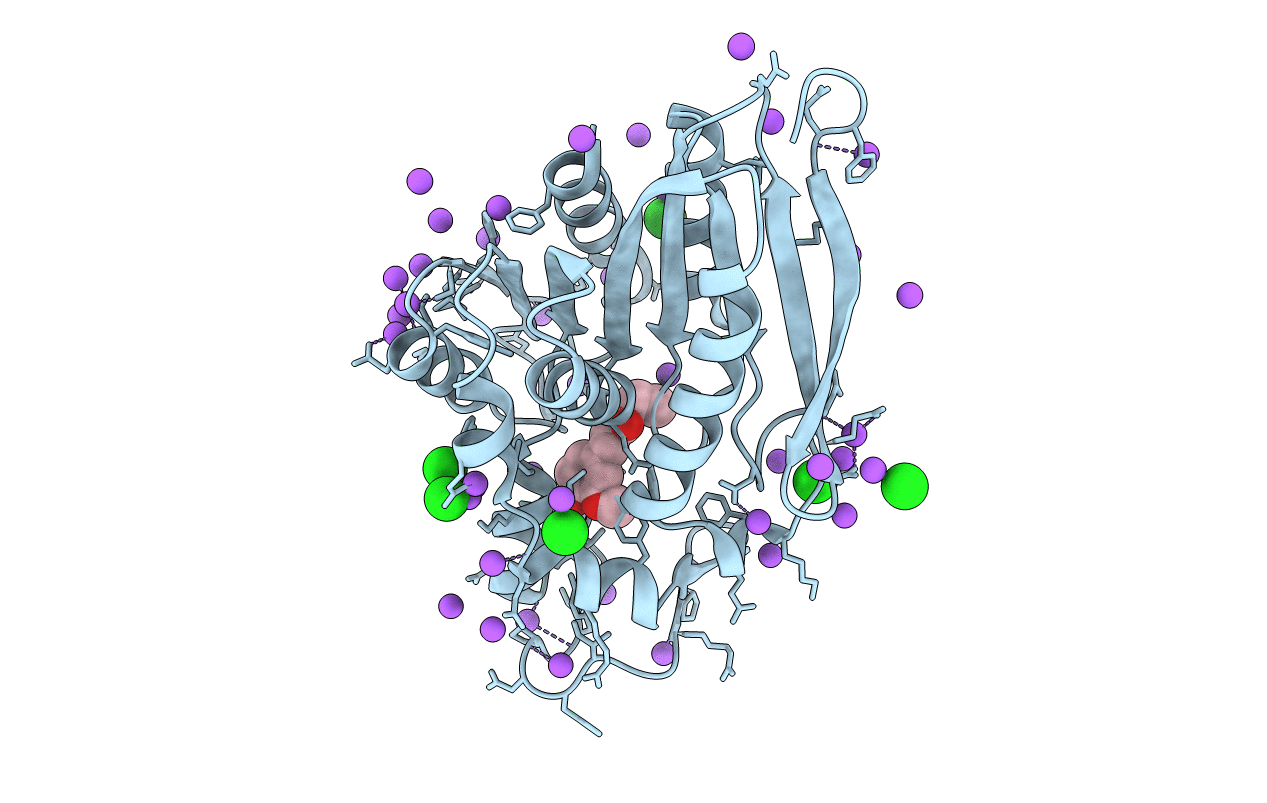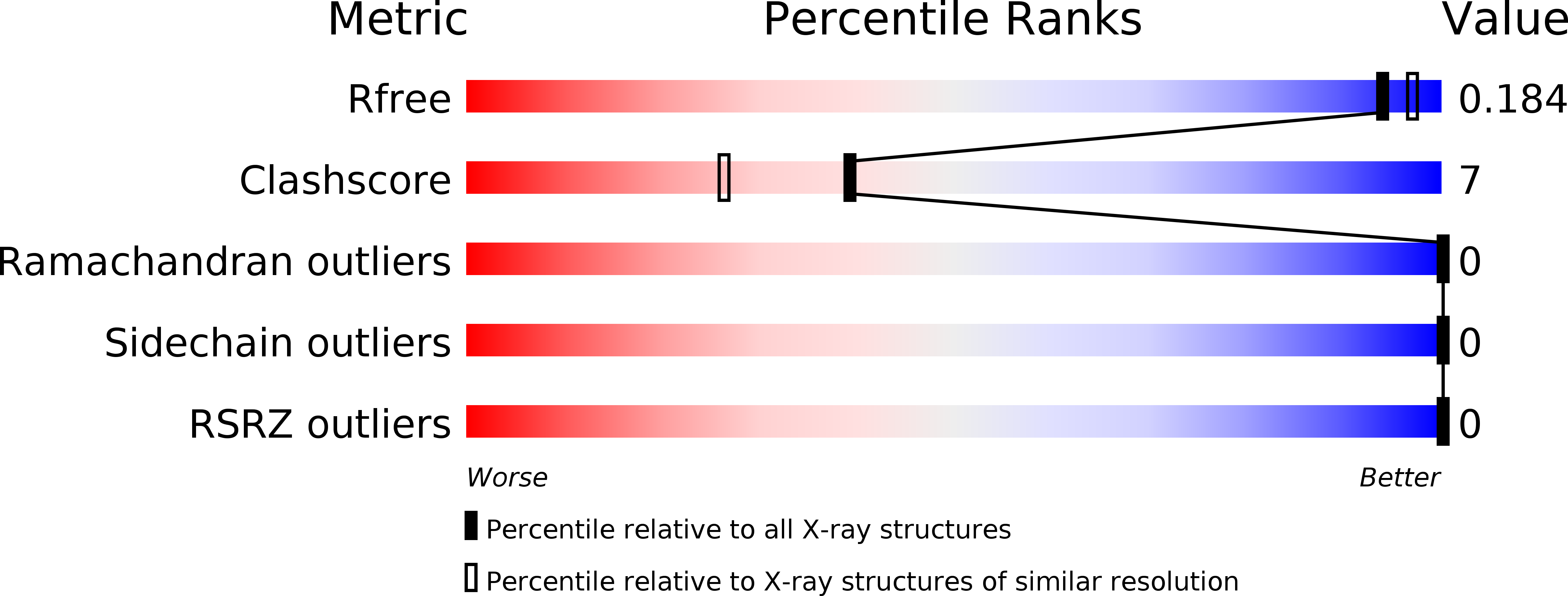
Deposition Date
2011-02-03
Release Date
2011-08-31
Last Version Date
2023-09-13
Entry Detail
PDB ID:
3QM1
Keywords:
Title:
CRYSTAL STRUCTURE OF THE LACTOBACILLUS JOHNSONII CINNAMOYL ESTERASE LJ0536 S106A MUTANT IN COMPLEX WITH ETHYLFERULATE, Form II
Biological Source:
Source Organism:
Lactobacillus johnsonii (Taxon ID: 33959)
Host Organism:
Method Details:
Experimental Method:
Resolution:
1.82 Å
R-Value Free:
0.19
R-Value Work:
0.14
R-Value Observed:
0.14
Space Group:
C 2 2 21


